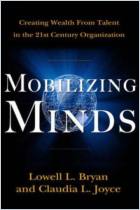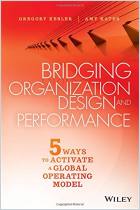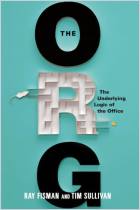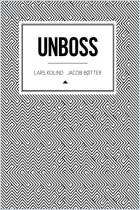
The Horizontal Organization
What the Organization of the Future Actually Looks Like and How It Delivers Value to Customers
Read or listen offline
Recommendation
The horizontal organization is a more appropriate model for the knowledge age, according to author Frank Ostroff, who says companies increasingly find this structure more effective. He emphasizes the need to start with an understanding of your organization’s core competencies and to develop a horizontal structure from there. Ostroff claims this is the first model of this approach, but it is not. In fact, his fairly academic book advances a trend that is already well documented. Horizontal organizations have been covered in numerous other books, which, like this one, promote more decentralized, downsized, team-oriented organizations with empowered workers. Despite a leaden, pedantic writing style, Ostroff distinguishes his theoretical discussion with several detailed examples of how the horizontal organization works and how you can apply it to your company. getAbstract recommends this book primarily to academics, who may enjoy its theoretical nature.
Take-Aways
About the Author
Frank Ostroff, the key developer of the concept of the horizontal organization, is a management consultant who has worked with major companies to institute this organizational approach during the past eight years. His work has been featured in many leading business publications, including Fortune, BusinessWeek, and Financial Times.

















Comment on this summary or Начать обсуждение